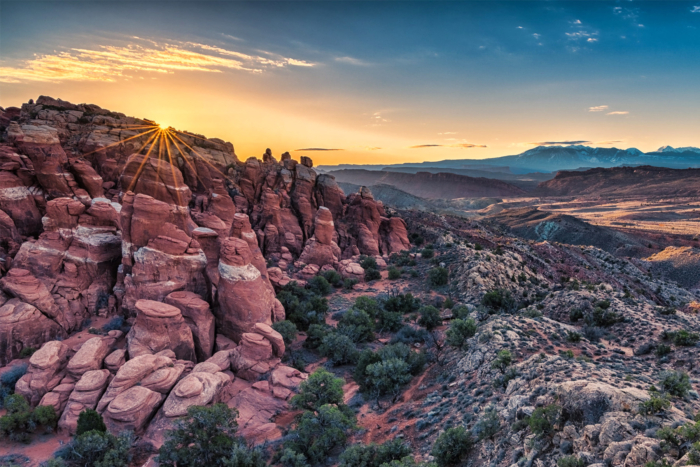In 2021, West Virginia’s New River Gorge became the 63rd national park in the U.S. It offers whitewater rafting, free primitive camping, and much more.
The name New River is a misnomer, as the river is one of the oldest in the world. New River Gorge National Park covers 53 miles of the 320-mile-long river.
The most iconic image of this park is the New River Gorge Bridge, which is 3,030 feet long and has a 1,700-foot arch span. Every year on the third Saturday of October, Fayetteville, W.Va., hosts Bridge Day, where BASE jumpers leap off the bridge, others rappel, and thousands of people watch from above.
Here’s our insider’s guide to where to go and what to do at New River Gorge National Park.
A Guide to Exploring the New River Gorge Park and Preserve
When to Visit
Most activity in the park happens from spring through fall, when it’s more enjoyable to raft, hike, camp, and climb.
This park is open year-round, but Grandview Visitor Center and Thurmond Depot are only open seasonally from Memorial Day through Labor Day.
We visited during a weekend in June when there were plenty of people but still found a campsite at Meadow Creek on a Friday night without any issues.
New River Gorge Park and Preserve: What to Do

Whitewater Rafting
You can run the river yourself or go with a licensed outfitter with guided trips of varying levels and lengths. The northern part of the park has rapids ranging from Class III to Class IV. The southern half has rapids ranging from Class I to Class III.
My dad went rafting on “The New,” as many people call it, back in 1980, and he said it was the best way to see the gorge. I didn’t go, so rafting is definitely at the top of my list for our next visit.
Instead, we saw the rafters go under the bridge when we drove across the Tunney Hunsaker Bridge on the Fayette Station scenic drive. There are plenty of put-ins in this area of the park as well.
Whenever you plan for water activity, it’s a good idea to check the water levels and recent closures or park alerts.
Climbing
This park is a popular destination for climbers, as the Nuttall sandstone cliffs are perfect for climbing. There are over 1,400 established rock climbs within New River Gorge National Park and Preserve.
Of the routes, 51.2% are sport climbs, 32.4% are trad, 13.8% are bouldering, and 2.5% are toprope. Most routes are 5.9 and up.
For last-minute gear and maps, check out Water Stone Outdoors in Fayetteville. No permit is required to climb.
Hiking

Campgrounds and Primitive Camping


How to Get There
Visitor Centers













